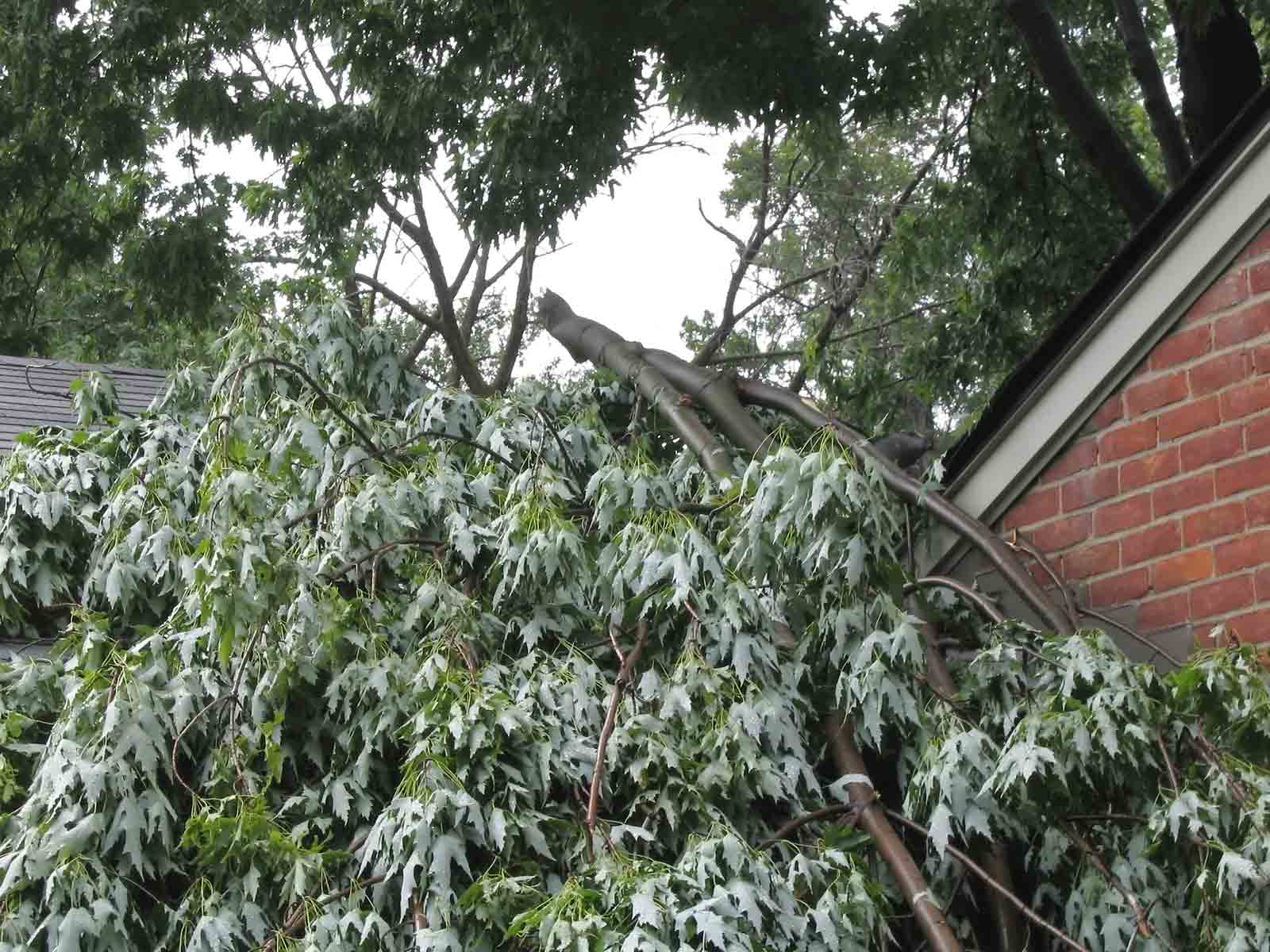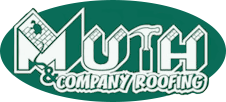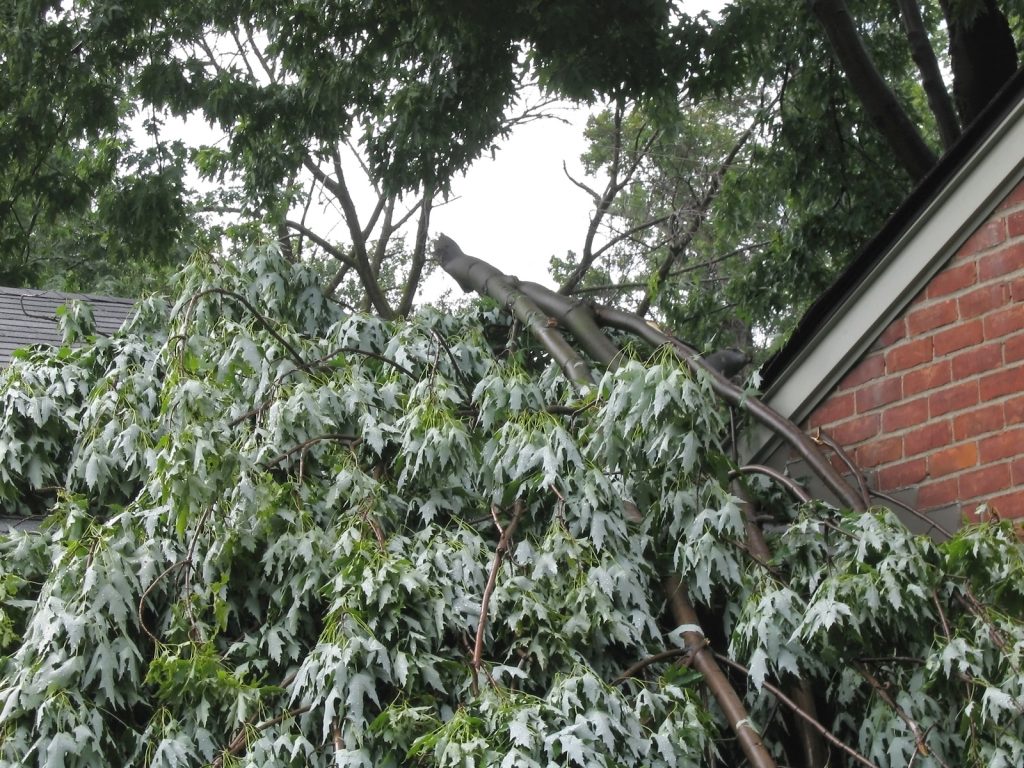With all the benefits that trees give us – shade, beauty, protection – it’s understandable why most people struggle when it comes time to remove one. There’s a certain sadness that comes with the thought of cutting down a tree that you played around as a child or picnicked under with your family. But when a failing tree starts posing a risk to people and property, it’s time to take that painful step. Here are some signs to look for during your annual tree inspection that could indicate trouble.

-
Symptoms of disease. Trees that have been ravaged by disease often become weak structurally, meaning they are more prone to fall over or lose a limb. Dead or dangling limbs in the upper crown, fungus growing on the branches and trunk, and bark that is chipped or peeling can all be signs of disease. If the disease hasn’t progressed too far, it may be possible to manage it without having to cut down the tree. This is something that should be determined by a licensed arborist, however, so don’t take any chances trying to diagnose it yourself.
-
Cracked or heaving soil. Pull back any ground cover and inspect the soil around the base of the trunk. If you see any cracks or areas where the soil is raised or disturbed, this could indicate that the tree is in danger of uprooting. This can happen even if the tree looks strong and healthy. One good breeze is all it takes to topple a tree when its root system is compromised.
-
Cavities in the trunk or large branches. Tree cavities make it much more likely that the tree will crack or split, though this isn’t always the case. The potential risk depends on several different factors, such as the size of the cavity, its location on the tree and the overall health of the tree. A certified arborist can tell you for certain if there is any danger.
-
Trees growing too close to the house. A tree that is too close to your house can cause serious problems, from foundation damage caused by roots to roof damage caused by branches scraping against shingles or falling during storms, necessitating costly roof repairs. Any limbs hanging over the roof or power lines should be cut back or removed to limit potential damage, and care should be taken when planning new plantings to ensure that future growth won’t threaten your home.
If you want to avoid damaged gutters and other tree-related roofing problems, schedule a tree inspection this fall with a local certified arborist. In the meantime, give Muth and Company Roofing a call at (614) 682-3060 for all your roofing needs.


